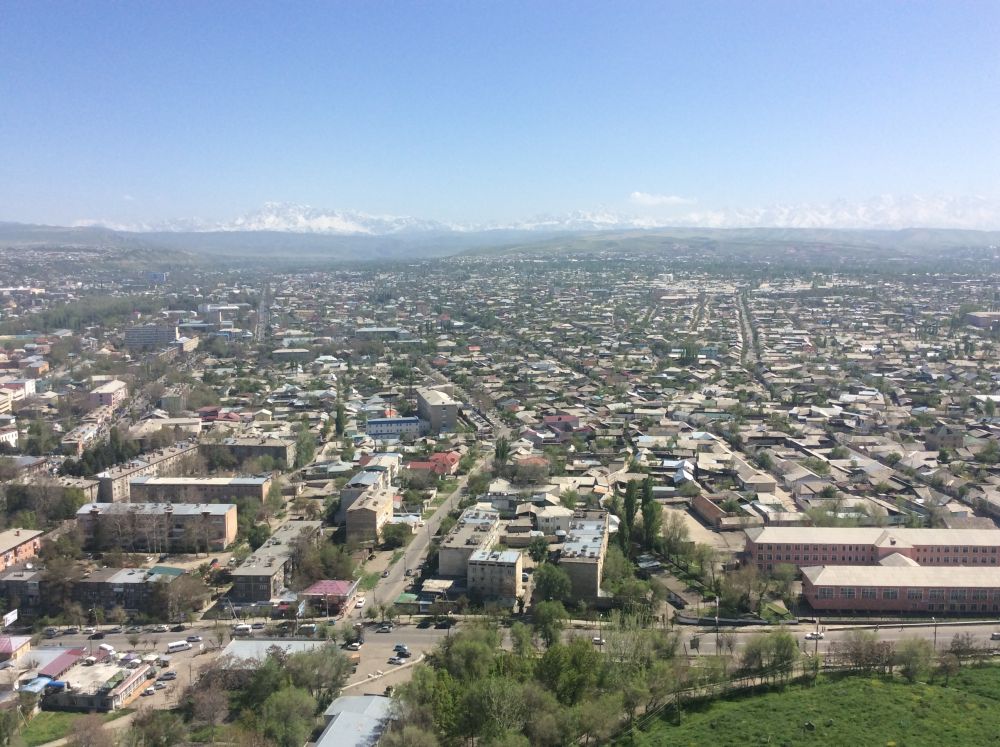

Osh, located in the Fergana Valley of southern Kyrgyzstan, is one of the oldest cities in Central Asia, with a history that spans more than 3,000 years. This vibrant city is often regarded as the southern capital of Kyrgyzstan and is known for its rich cultural heritage and significant historical landmarks.
The history of tourism in Osh can be traced back to the times when the Silk Road was the main trade corridor between the East and the West. It was not just a trade route but also a cultural bridge that facilitated the exchange of knowledge, religions, and traditions. Osh, situated at a crossroads of this ancient network, attracted travelers, merchants, and pilgrims for centuries. This influx was the precursor to modern tourism, as people came to experience the city's unique atmosphere, craftsmanship, and local cuisine.
During the Soviet era, Osh became more accessible due to the establishment of transportation infrastructure, including roads and airports. The increase in connectivity, along with state-sponsored tourism, meant that Osh saw the development of hotels, restaurants, and tour operations, all catering to visitors who were interested in exploring the Soviet Republic’s history and natural beauty. Attractions such as the Sulaiman-Too Sacred Mountain, a UNESCO World Heritage site, began to draw both domestic and international attention.
Following the collapse of the Soviet Union, Kyrgyzstan gained independence in 1991, and Osh embarked on a path to rebrand itself. The city started promoting its ancient history, cultural diversity, and ecotourism opportunities. Investments have been made in conserving and showcasing historical sites, creating a more welcoming environment for tourists.
In recent years, the city has been observing a rise in community-based tourism initiatives, which aim to provide a more authentic experience to visitors while empowering the local population. Tourists are not only interested in landmarks but also in experiences such as local homestays, traditional Kyrgyz crafts workshops, and trekking in the surrounding Pamir-Alay mountain range.
Eco-tourism and adventure tourism have also been at the forefront of Osh’s tourism development. The region's pristine natural landscapes attract hikers, mountaineers, and nature lovers. Meanwhile, visa facilitation and the promotion of the Silk Road heritage have provided an additional boost, attracting history enthusiasts from around the globe.
In line with global trends, Osh is seeing a greater digital presence in promoting tourism. Social media platforms and travel blogs are being increasingly utilized to showcase the region's attractions, and there has been a move towards sustainable tourism practices to preserve the area's resources for future generations.
Osh continues to be a central hub for regional tourism in Central Asia, blending the ancient allure of the Silk Road with the undiscovered potential of a city that is ripe for exploration. As more and more travelers seek out unique and authentic experiences, Osh stands ready to welcome the world with its distinctive blend of history, culture, and natural beauty.